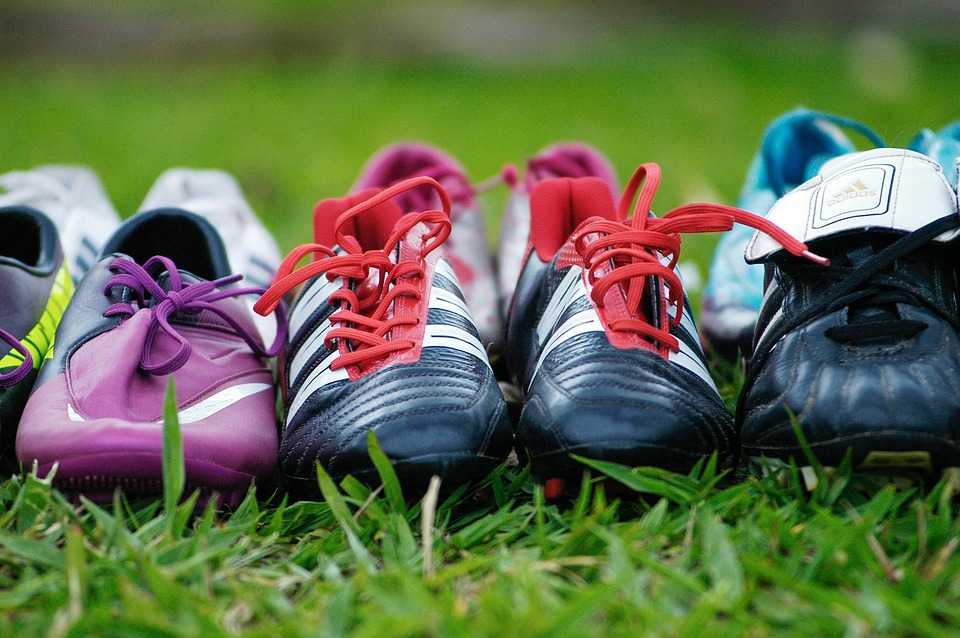From Casual to Competitive: The Journey of an Esports Player
Esports, once a niche pastime, has transformed into a global phenomenon that captivates millions. With dedicated leagues, massive tournaments, and the allure of professional status, many gamers aspire to trade their casual play for a competitive edge. But what does this journey entail? Here’s an exploration of transforming from a casual gamer to a competitive esports player.
The Starting Point: Casual Gaming
Every esports player has to start somewhere. For many, the journey begins in the informal gaming landscape where enjoyment takes precedence over performance. This phase is characterized by:
-
Social Connections: Casual players often engage with friends or online communities, forming bonds over shared interests. The primary motivation is fun, camaraderie, and a love for gaming.
-
Learning the Basics: It’s during these initial encounters that players discover the mechanics of their chosen games, whether it’s strategizing in MOBAs, aiming in FPS titles, or perfecting their builds in RPGs.
- Experimentation: Casual play allows gamers to experiment with different characters, roles, and play styles. This is crucial for developing a personal understanding of the game.
The Turning Point: Discovery of Competitive Play
As players grow more invested in gaming, the allure of competition often becomes irresistible. This transition can manifest in numerous ways:
-
Participation in Local Tournaments: Many players take their first steps into competitive gaming by joining local tournaments or participating in online competitions. These events provide a taste of what it feels like to play under pressure.
-
Improvement and Dedication: Realizing that they enjoy competition, players start dedicating more time to improving their skills. This can involve analyzing gameplay, studying strategies, and practicing regularly.
- Joining Teams or Clubs: As players enhance their abilities, they may seek to join local clubs or teams, where they can play with others who share their competitive spirit. Team dynamics bring new challenges and teach the importance of cooperation and communication.
The Commitment: Shifting to a Competitive Mindset
Moving from casual to competitive play requires a shift in mindset. Key aspects of developing a competitive mentality include:
-
Goal Setting: Competitive players set both short-term and long-term goals, focusing on specific skills to improve, ranks to achieve, or tournaments to enter.
-
Structured Practice: Unlike casual gaming, competitive players often adopt a disciplined approach to practice. This includes focused drills, scrimmages with teams, and extensive gameplay analysis.
- Mental Resilience: The competitive arena can be harsh. Building mental toughness helps players handle losses, criticism, and the pressure of performing in high-stakes situations.
The Professional Path: Pursuing Esports
For some, the dream of becoming a professional esports player becomes a tangible goal. This stage involves several crucial steps:
-
Streaming and Content Creation: Many aspiring professionals build their public persona through streaming on platforms like Twitch or creating content on YouTube. This not only helps in gaining a fan base but also opens avenues for sponsorships.
-
Finding a Sponsorship: As players gain attention, they may attract the interest of esports organizations looking to sponsor talent. This often provides financial support and access to resources needed to hone their skills.
- Competing in High-Level Tournaments: The pinnacle of esports is competing in significant tournaments with sizeable prize pools. Players at this level must continuously adapt their strategies, stay updated with game patches, and maintain peak physical and mental health.
Challenges Along the Way
The journey from casual to competitive isn’t without its hurdles. Players face:
-
Burnout: The pressure to perform can lead to mental exhaustion. Finding a balance between practice and rest is crucial to maintaining long-term passion.
-
Sustained Motivation: In an industry rife with competition, sustaining motivation can be challenging. Surrounding oneself with supportive peers and mentors can help keep spirits high.
- Adapting to Industry Changes: Esports is ever-evolving, with games frequently updated and new titles emerging. Players must be adaptable and willing to learn continuously.
Conclusion: The Evolution of a Gamer
Transitioning from casual to competitive esports player is a profound journey of growth and transformation. It requires commitment, resilience, and a passion for gaming that goes beyond mere entertainment. Whether driven by the pursuit of glory or the joy of competition, the path is rich with challenges and rewards.
For those considering this journey, remember that every professional started as a casual player. Embrace the process, learn from every match, and enjoy the thrill of gaming—not just for competition, but for the love of the game itself.



